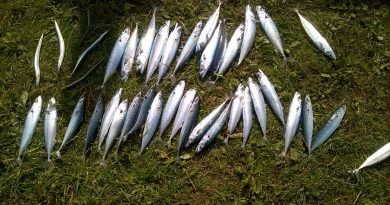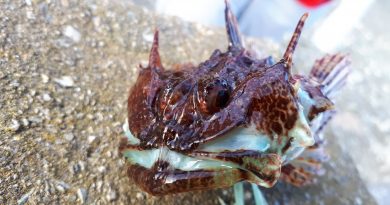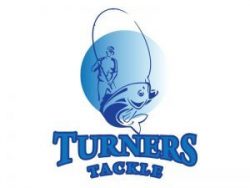Blonde Ray
Blonde Rays, also known as blonde skate or thornback ray, are captivating elasmobranchs found in the coastal waters around the United Kingdom. With their distinctive appearance and vital role in marine ecosystems, understanding the characteristics of these rays contributes to the broader comprehension of the UK’s rich marine biodiversity. In this article, we will explore the sizes, habitat preferences, prey, and gender differences of Blonde Rays in UK waters.
Sizes of Blonde Rays: Blonde Rays are renowned for their impressive size, with wingspans that can reach up to 1.5 meters. Females tend to be larger than males, and their bodies are characterized by a unique mosaic of light and dark patterns, giving them a distinct appearance. Juvenile Blonde Rays are often found in shallower waters, gradually moving to deeper habitats as they mature.
Habitat: Blonde Rays exhibit a diverse habitat range, making them adaptable to various coastal environments. They are commonly found in sandy or muddy substrates along the continental shelf, often dwelling at depths ranging from 20 to 200 meters. Estuaries and coastal bays serve as essential nursery areas for juvenile Blonde Rays, providing a safe haven for their early stages of development.
Prey and Feeding Behavior: Blonde Rays are opportunistic predators, feeding on a variety of prey depending on their size and availability. Their diet includes crustaceans, mollusks, small fish, and occasionally, bottom-dwelling invertebrates. The rays employ a unique method of hunting, using their electro-sensory systems to detect buried prey in the sandy or muddy substrate. Once located, they use their powerful jaws to crush and consume their prey.
Gender Differences: Distinguishing between male and female Blonde Rays can be challenging based solely on external characteristics. However, there are subtle differences, particularly in size and reproductive anatomy. Females tend to grow larger than males, and during the mating season, the presence of egg capsules, or “mermaid’s purses,” is a clear indicator of the reproductive status of female Blonde Rays.
Reproduction: Blonde Rays exhibit a form of oviparous reproduction, meaning that they lay eggs rather than giving birth to live young. The female deposits egg capsules on the seabed, where they attach to the substrate. The embryos develop within these protective capsules until they hatch, releasing fully-formed juvenile rays. This reproductive strategy enhances the chances of survival for the offspring and contributes to maintaining Blonde Ray populations in UK waters.
Conservation Considerations: Blonde Rays, like many elasmobranchs, face conservation challenges, including habitat degradation, overfishing, and accidental bycatch. Sustainable fisheries management and conservation efforts are crucial to ensuring the long-term survival of these remarkable rays. Implementing measures such as catch limits, habitat protection, and awareness campaigns can contribute to the preservation of Blonde Ray populations in the UK.
Conclusion: Blonde Rays, with their elegance and ecological significance, embody the intricate web of life in the coastal waters of the United Kingdom. Their impressive sizes, adaptable habitats, diverse diets, and unique reproductive strategies make them a captivating species for researchers and marine enthusiasts alike. As we continue to explore and understand the dynamics of Blonde Rays, it becomes increasingly important to prioritize conservation efforts to safeguard their role in maintaining the health and balance of the marine environment.



